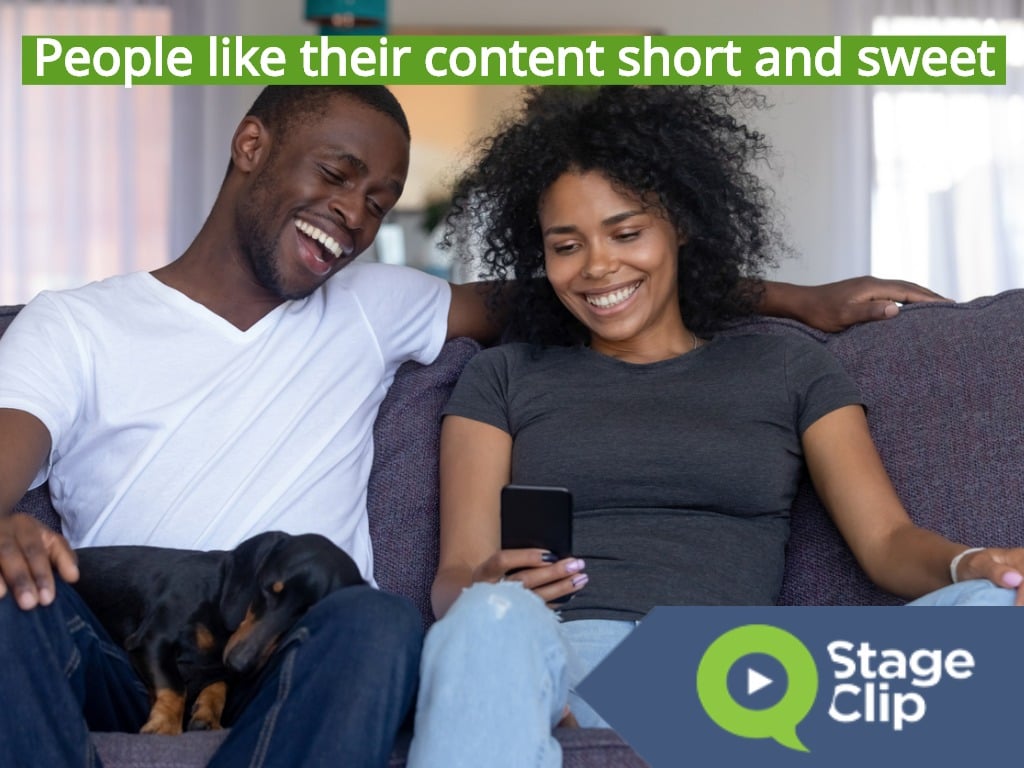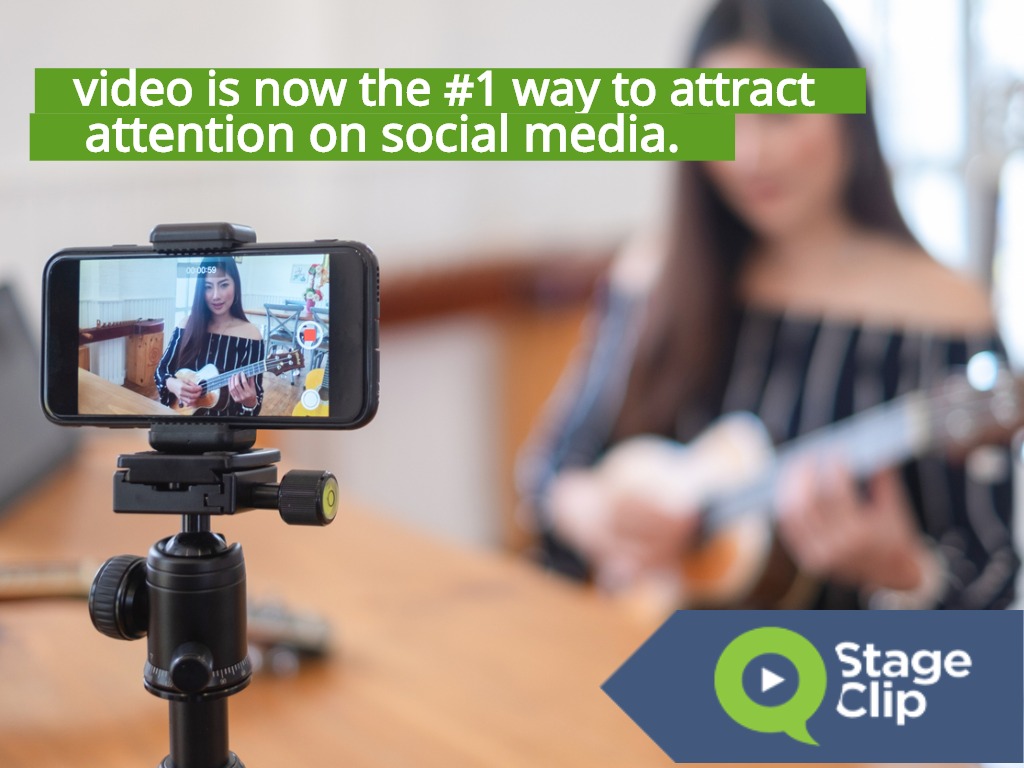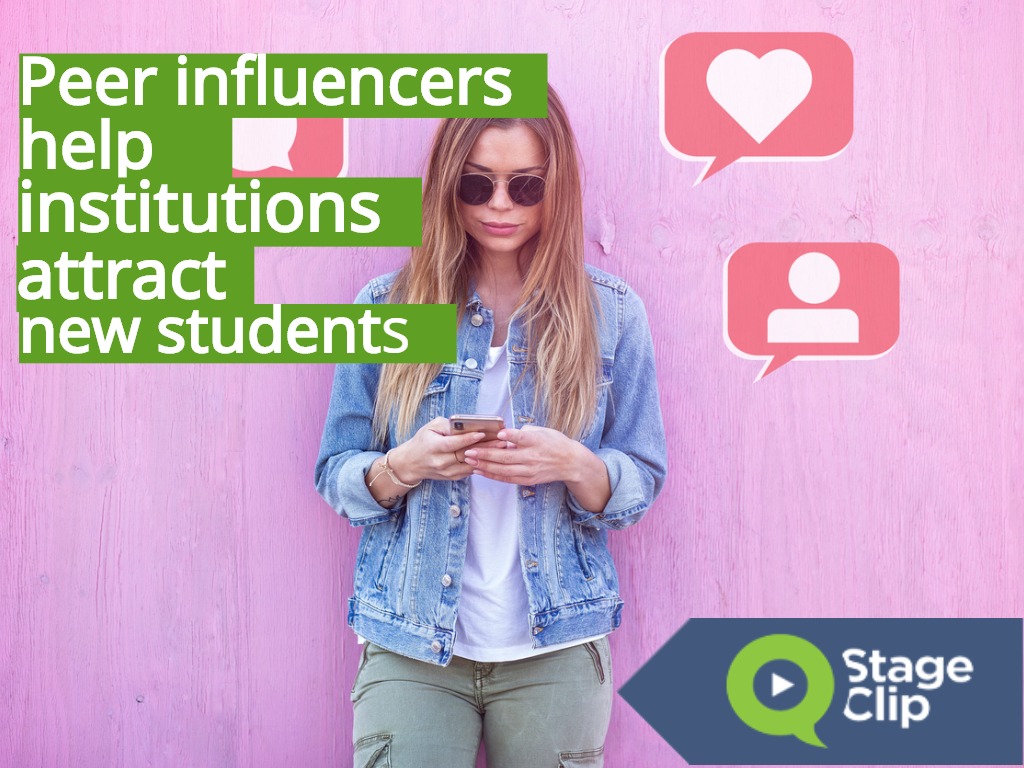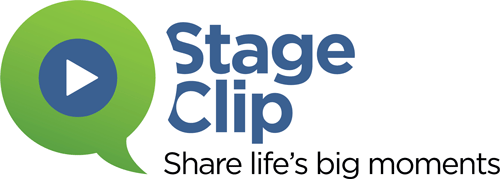.jpg)
There is no denying it, social media is here to stay. It has become an integral part of our daily lives – it helps to connect us, personally and professionally.
Social media has become the lifeblood for a growing number of institutions recruitment and branding strategy. The number of consumers who use social media as a basis for important buying decisions is growing exponentially every year. This is also true for young people who are deciding which institution to choose for their higher education. And peer-influenced social media is leading the charge in this area.
That is not to say that grabbing the attention of these young people is easy. The competition is fierce. It seems every institution is flocking to social media platforms and they are all vying for the attention of their target customers. So how do you stand out from the crowd?
You need a clear and compelling social media marketing strategy.
By staying abreast of trends in the social media sphere, you can stay ahead of your competition. Here is a roundup of trends to get a jump on for 2020.
Short Attention Spans Demand Short Stories

With the rise of Instagram stories and Snapchat snippets, consumer’s like their content short and sweet. This is where StageClip’s services can really shine – our short, 30-second clips of graduates at their best and most important moment, graduation, can hit a definitive nerve when viewed by those looking for higher education candidates. This ephemeral content can be a powerful medium when used correctly. According to Hootsuite, 64% of marketers have included Instagram Stories to their marketing strategy, or plan to very soon.
Niche Platforms May Well Outshine the Rest
While Instagram and Facebook are the frontrunners dominating social media, other niche platforms are making a rise. In 2016, TikTok came on the scene and is today a huge platform for young people to share videos. And SnapChat is still going strong, despite many experts’ claim that its peak has passed. No matter the social media platform, if it can support video, it will continue to be used by consumers, and young people are by far the biggest audience.
Video is Where It’s At

According to Animoto’s Social Video Trends Consumer Insights Report for 2020, video ads are the number one way consumers discover brands, who later end up purchasing from. Almost all marketers spend some budgeted funds on video ads, and the ROI is proving to be well worth it. Currently, Facebook is the #1 platform for these types of ads, with YouTube and Instagram not far behind.
Animoto delivers some compelling statistics:
- 41% of marketers say that Instagram Stories has become more important in the last year
- 70% of businesses say they are creating more videos now compared to last year
- 85% of marketers say that video is an effective way to get exposure online
- 93% of businesses landed new customers due to their videos on social media
In short, video is now the #1 way to attract attention on social media.
Case in point: A short video of a graduate’s shining moment receiving their diploma it is a powerful tool for a learning institution that is completely user driven. It is perfect for the current social media trend of engaging and powerful ‘ads’ to promote an institution’s brand.
Video is one of the most engaging forms of content and will dominate the social media scene in 2020, over all other forms of content. Both short-form videos on TikTok, Facebook and Instagram, and long-form videos on YouTube are leading the charge. New social media channels are expected to emerge in order to ride this wave. According to a study by Cisco, by 2022, 82% of all content online will be video. That is why it is so important for institutions to market their brands via video NOW, if they haven’t already, or risk getting left behind.
The Upward Surge of Influencer Marketing

This is not a new concept – with the sharp rise of social media influencers, brands are leveraging this by making them as ‘ambassadors’ to their brand. While popular influencers are getting paid handsomely, peer-influencers (who don’t get paid) are proving to be just as powerful. When institutions invest heavily in peer-influencer campaigns (i.e. current and past students), it is much cheaper (and more effective) than running regular ad campaigns.
These peer influencers can help institutions of higher learning attract new students, simply by social sharing of their experiences in school – whether it be short videos of daily college life, or the proud moment of graduation day. In addition, these influencers can help their school with a number of marketing goals – not just enticing more young people to attend. By leveraging hundreds or even thousands of students in helping to get the word out, instead of investing in just 1-2 influencers, institutions really get more bang for their buck.
Peer Influencers and User-Generated Content
For each video a peer influencer posts on their social media channels regarding your institution, it is like a little personalized commercial, targeted directly to your audience. This personalization is becoming a growing global consumer trend.
User-generated content will continue to be a big influence on consumer buying decisions into the new decade. Institutions can leverage this trend by encouraging their current students to use geo-tagging and hashtags to help run effective marketing campaigns for their school. What’s more, this UGC is free and considered much more authentic than traditional advertising. The result is that your brand comes across as more trustworthy and can enhance the overall image.
These are just a few of the trends that will dominate the social media scene during 2020 and beyond. Crafting a social media strategy that incorporates these trends and leveraging them to your advantage will give you a leg up on your competitors. Continue to keep up on the trends for your social media strategy and you will see effective results.
